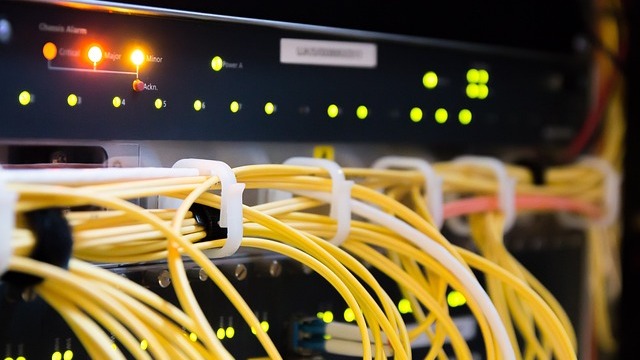
Understanding Your Options: Mesh Routers vs. Wi-Fi Extenders
In today's tech-driven world, ensuring a strong and reliable internet connection at home is essential. With growing demands on our networks—from streaming high-definition shows to attending virtual meetings—many homeowners are curious about improving their Wi-Fi coverage. Two popular options for enhancing network performance are mesh routers and Wi-Fi extenders. But how do you know which one is best for your needs?
The Mesh Router Advantage: Why They Stand Out
Mesh routers operate through multiple nodes, creating a seamless network that blankets your home in a strong Wi-Fi signal. These systems dynamically manage connections, reducing dead zones and providing a consistent internet experience across various devices. One clear advantage of mesh routers is their ability to handle multiple devices simultaneously without bogging down the network speed.
A report from a leading tech reviewer highlighted that mesh systems, despite being pricier, offer better overall performance in large spaces or homes with challenging layouts. For larger families or heavy users, investing in a mesh router can pay dividends in terms of reliability and coverage.
Wi-Fi Extenders: A Budget-Friendly Alternative
On the other hand, Wi-Fi extenders are typically much more affordable. They function by picking up the existing Wi-Fi signal and amplifying it, effectively broadening coverage. However, their limitations come to light in homes where connections demand speed and stability. The latency introduced by extenders can result in buffering during streaming or sluggishness during video calls—especially with a multitude of users.
For small apartments or homes with fewer devices, Wi-Fi extenders might be sufficient, making them an attractive budget choice for those looking to boost their signal without a hefty investment.
Key Findings from Comparative Testing
In tests conducted on both systems, results consistently revealed that while extenders might get the job done, mesh routers provide a ‘set it and forget it’ approach. Users noted the straightforward setup process with mesh networks and the improved stability across varied household locations.
The testing carried out showed that mesh routers achieved higher speeds up to 150 Mbps more than extenders when measuring peak performance in multi-story homes. This improvement clearly demonstrates the benefits of mesh systems, especially for tech-savvy families or remote workers who rely heavily on their connections.
Future Trends: What Can We Expect?
Looking ahead, advancements in wireless technology indicate that mesh systems will become even more efficient and cost-effective. The ongoing development in Wi-Fi standards, such as Wi-Fi 6 and beyond, will enhance mesh networks' performance, making them more accessible for everyday users while continuing to outmatch traditional extenders.
As the internet of things (IoT) continues to expand, the need for robust networks will likely elevate the appeal of mesh technology in homes across the globe.
Making an Informed Decision
Evaluate Your Home Size: For large homes or those with extensive layouts, mesh networks shine.
Consider Your Internet Usage: If you enjoy gaming or seamless streaming, a mesh system may be worth the investment.
Your Budget: Weigh immediate costs against long-term performance and reliability.
Your choice between a mesh router and a Wi-Fi extender should align with your home’s needs and your internet usage habits. With informed decisions, you can enjoy faster speeds and fewer connectivity issues, guiding you towards a smoother online experience.
In conclusion, as home connectivity becomes increasingly vital, understanding the implications of your networking choices can make all the difference. Choose wisely to elevate your digital lifestyle!
 Add Row
Add Row  Add
Add 




Write A Comment